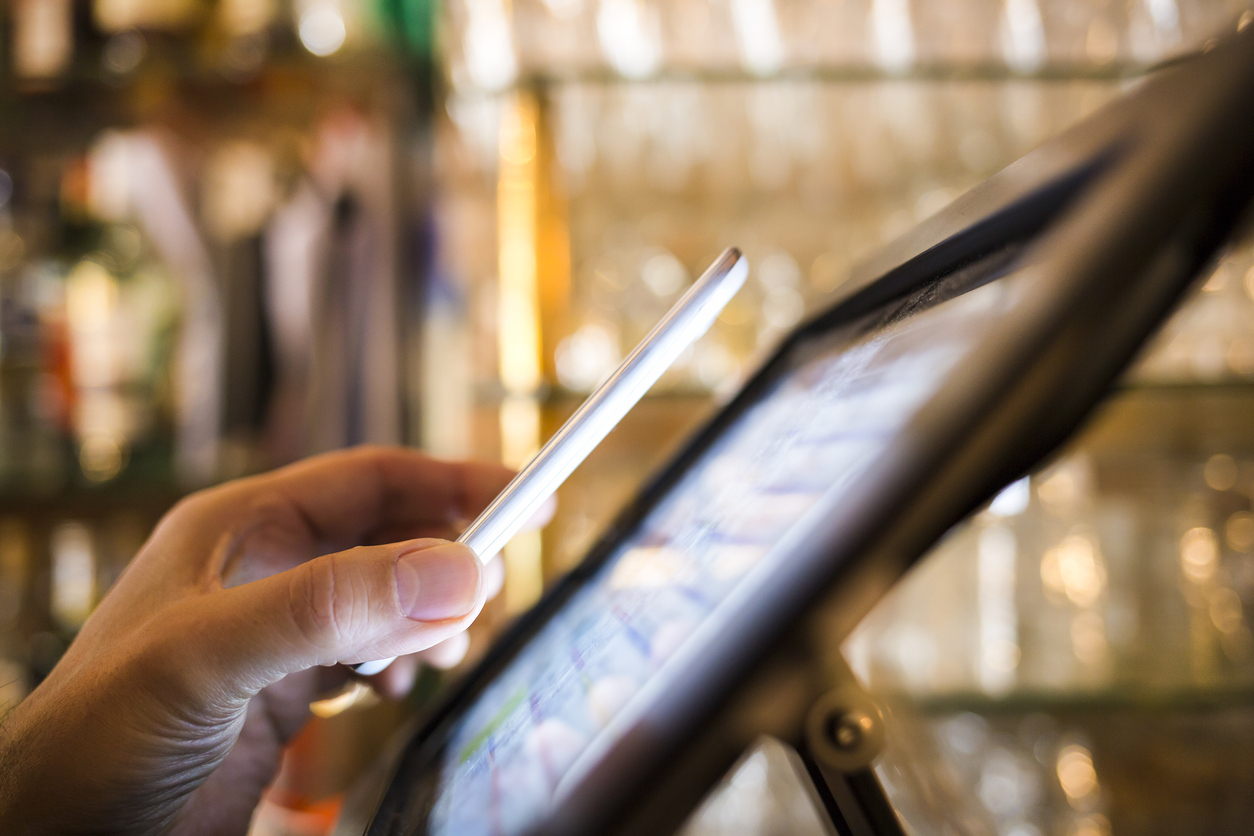When is the last time you had a truly enjoyable online shopping experience? Sure, you may look forward to the eventual arrival of whatever it is you purchased, but did you really enjoy the act of shopping itself? At its core, this is why the retail stores of the future have every chance of making a comeback.
UK high street footfall is falling year-on-year as online shopping continues to thrive. But while e-commerce appears to have reached its zenith with same-day delivery, offline retail has countless new avenues to explore.
RFID technology is making stores more interactive
The key advantage the offline world has on e-commerce is the potential for interactivity. So it makes sense that the stores of the future will run with this to get customers to leave their houses and head back to the high street.
One of the most revolutionary ways futuristic stores are embracing interactivity is through getting creative with RFID tags. As Retail Asset Solutions, formerly OCS Retail Support, explain, have been used in the past to alert store security to shoplifting. These are the tags that trigger alarms when you leave a shop if the cashier forgets to remove them (or if you are in fact stealing).
But many brands have been tapping into RFID’s hidden potential to up the interactive quotient of their in-store experience. Mastercard, for example, has developed a new “smart mirror”, which it plans to roll out to clothing retailers. The touchscreen mirrors will read information encoded in garments’ RFID tags to recognise each item and add them to a virtual basket, allowing customers to buy them from the comfort of the changing rooms.
RFID can also create interactive store displays, allowing appealing images or bespoke bargains to follow shoppers as they move around stores. This can be achieved in a similar way to Battersea Dogs and Cats Home’s ‘#LookingForYou’ campaign, which had pets follow those who had picked up brochures through billboards placed around a shopping centre.
Mobile PoS are cutting down on queues
With same-day delivery becoming more and more widespread, online retail is encroaching on two of the high street’s historic advantages: speed and convenience. While you may have more choice online, and it doesn’t involve travelling to the nearest shops, the high street has historically been the only place you can get what you need as soon as physically possible.
Now that is not the case, high street shops are doing everything they can to claw back the advantage. One method is through mobile points of service (PoS in industry speak). By giving floor staff card readers, shops can enable customers to make purchases wherever they are, without having to queue up at all. Apple stores have pioneered this, with many completely eschewing traditional cashier points. But some stores have taken it even further. None other than Amazon, an online retailer, has launched a chain of stores that have no PoS—mobile or stationary. Shoppers can walk out of Amazon Go stores with a bag full of items without having to stop to pay. Using a secretive technological system (which may well involve RFID), the payment will be taken from the customer’s Amazon account automatically.
Click and collect could unite on- and offline shopping
Though high streets may be suffering, there’s one area of offline retail that is still performing relatively well: retail parks. Retail parks’ resilience is largely thought to be down to ‘click and collect’ schemes, which allow shoppers to reserve products online to pick up later that day. The stores of the future are unlikely to ignore e-commerce entirely.
It’s more likely that a hybrid approach that embraces click and collect services will be the best method of competing with e-commerce heavyweights like Amazon. These online giants themselves seem to think so, as Amazon’s previously mentioned offline stores make clear.
With all of these innovations, it’s clear the stores of the future have a fighting chance to dethrone online shopping. There’s more good news for these stores, too. Even though e-commerce is on the rise, it’s not predicted to overtake offline commerce until 2024. That gives the high street several years to regain lost ground.
There’s no way a platform would publish this link, it’s a 404 error. At the moment, we can only link to the “coming soon” homepage.
Here I’d just use Retail Asset Solutions as a branded link, but keep the rest the same – who’s to say we didn’t contact them to discuss RFID tags.
Great idea.



 Bitcoin
Bitcoin  Ethereum
Ethereum  Tether
Tether  XRP
XRP  USDC
USDC  Solana
Solana  Cardano
Cardano  TRON
TRON  Lido Staked Ether
Lido Staked Ether  Toncoin
Toncoin  Avalanche
Avalanche